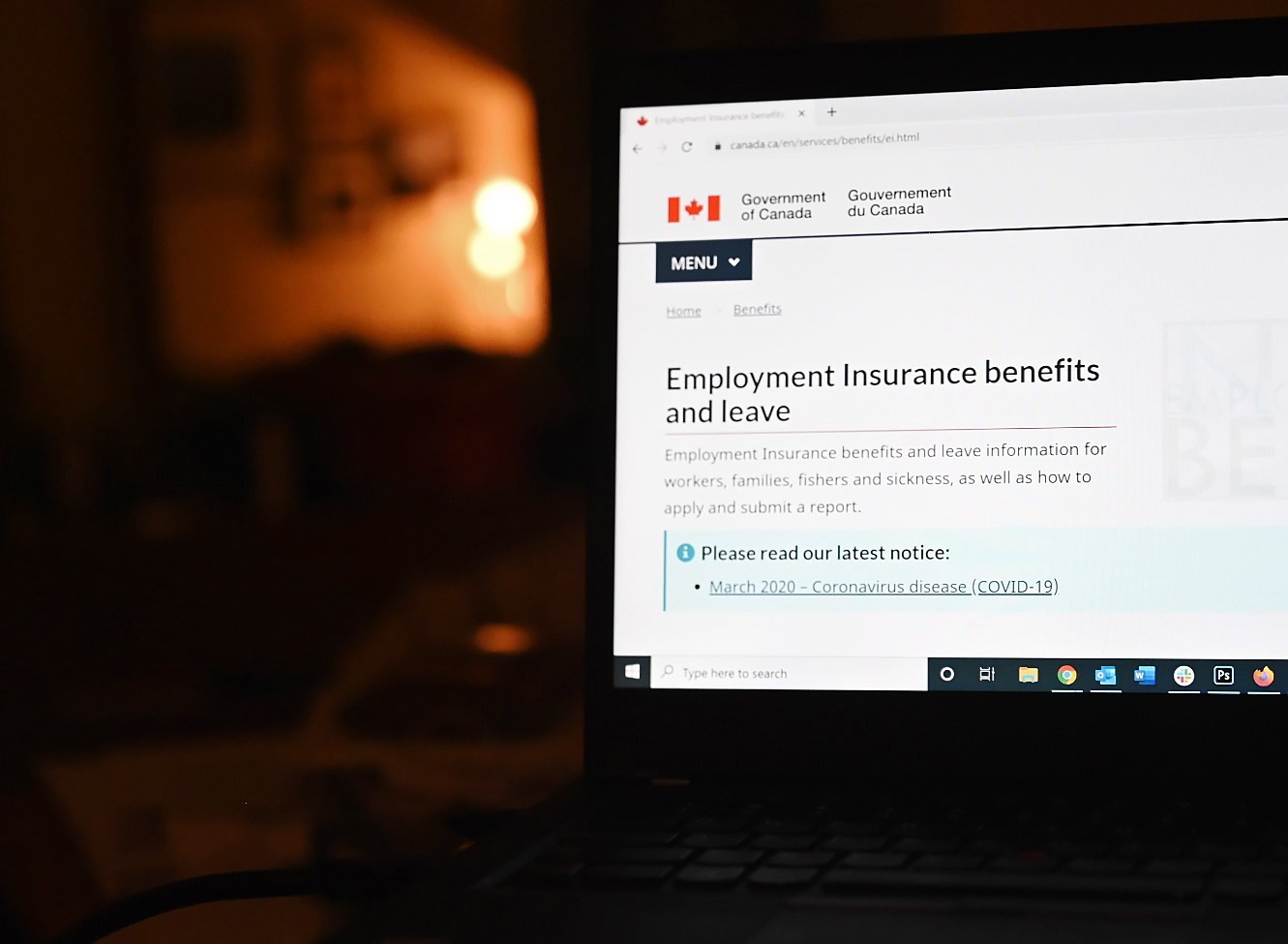There are new rules about employment insurance. Here’s what you need to know.

OTTAWA — The employment insurance system is set for another round of pandemic-related changes that come into force on Sunday. Here are a few of the key changes that will apply to new claims for benefits made beginning Sept. 26.
Eligibility
EI applicants need to have worked a minimum number of hours to qualify for benefits. In the past, that number has been about 600 hours, although the number varied in different parts of the country based on local labour market conditions.
Many workers have had their hours cut during the pandemic, meaning they may not have worked enough hours to qualify.
Over the last year, all new EI applicants received a one-time hours top-up to help them qualify, but that disappears on Sunday. In its place will be a uniform requirement to have worked 420 hours.
The uniform hours requirement will be in place for one year, until Sept. 24, 2022.
The government is also requiring anew a medical certificate proving an applicant is sick and can't work to receive EI sickness benefits. The requirement was waived temporarily over the last year because of COVID-19.
Benefits
The weekly floor on benefits will decline to $300 from $500, in line with the value of payments under the Canada Recovery Benefit that is available for those who don't qualify for EI.
The weekly floor is planned to apply to claims made between Sept. 26 and Nov. 20.
The duration and value of benefits will once again be calculated using regional unemployment rates that were temporarily replaced over the last year by a uniform unemployment rate of 13.1 per cent.
EI officials will also use simplified rules around severance and vacation pay so claimants should be able to start receiving benefits sooner. The payments can delay the start and value of benefits.
However, there will once again be a one-week wait before benefits flow for any new EI claims after the waiting period was waived over the last year.
Staying the same
Anyone with an existing EI claim won't see any changes to the value or duration of their benefits with these new rules.
As well, seasonal workers in 13 regions will still be eligible for five extra weeks of EI regular benefits until October 2022.
The pilot project provides the extra weeks to seasonal workers who started a claim between Aug. 5, 2018 and this coming Oct. 30, provided they had three claims for regular or fishing benefits in the last five years, and at least two started around the same time of year.
This report by The Canadian Press was first published Sept. 25, 2021.
Jordan Press, The Canadian Press




